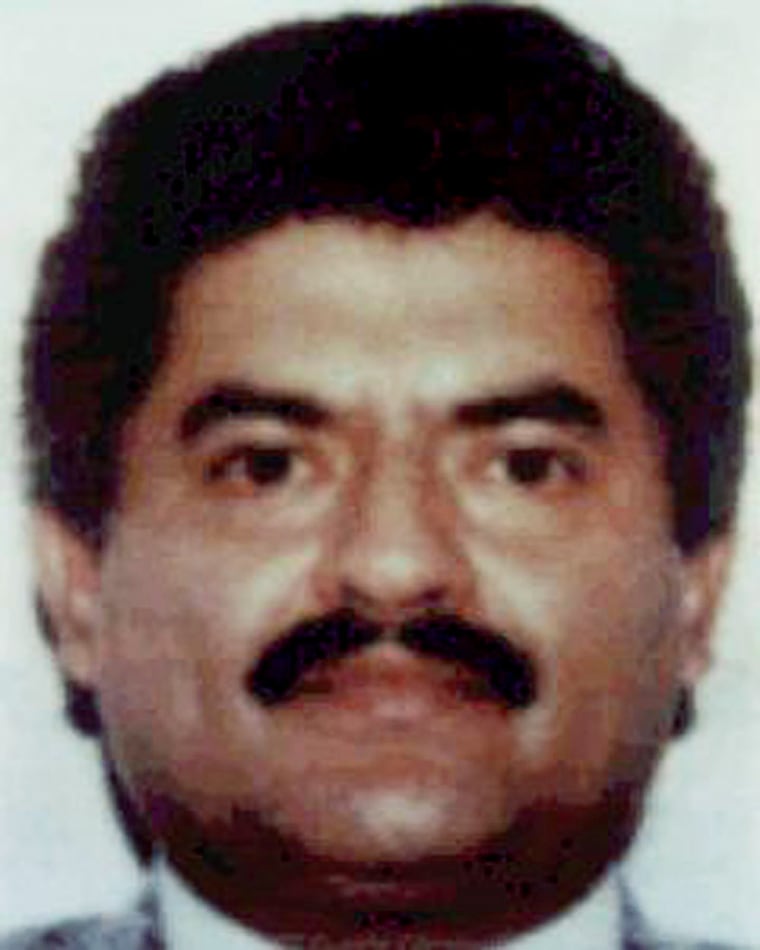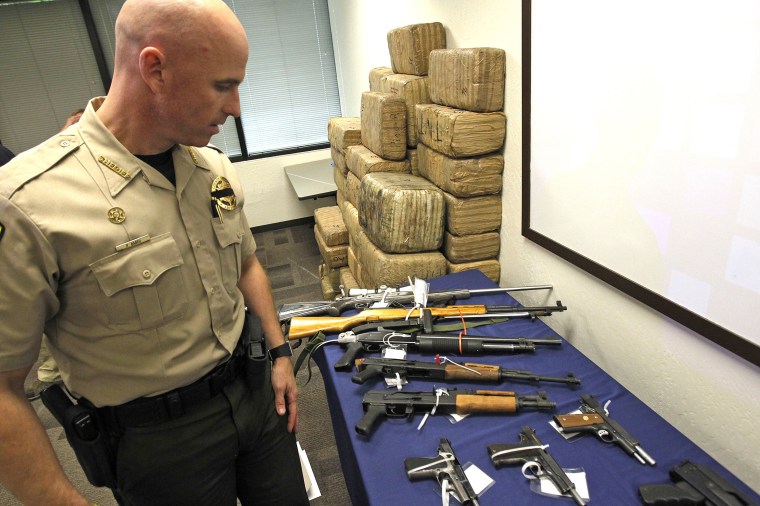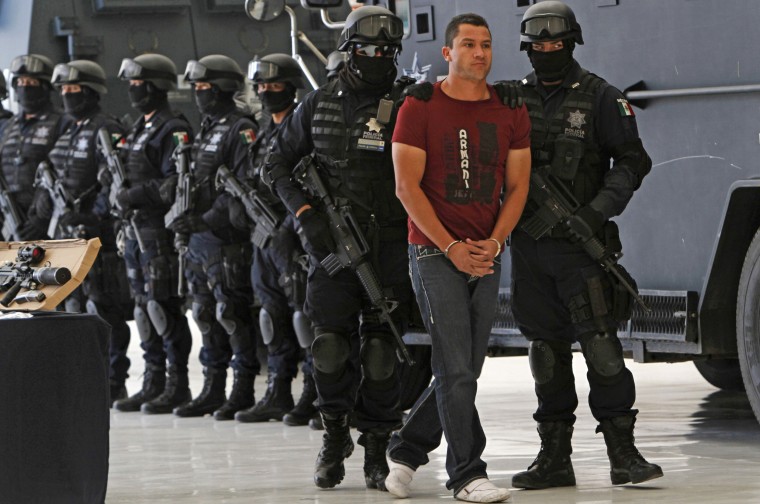Joaquin "El Chapo" Guzman, the billionaire kingpin who escaped from a Mexican prison over the weekend, is the notorious face of the Sinaloa cartel, the world's most powerful drug trafficking organization.
But he's not its only leader.
He never has been.
In fact, Sinaloa has survived since the 1980s in large part because it eschews traditional hierarchy, and instead operates as a partnership with some of Mexico's top traffickers.
Guzman has reportedly shared control of Sinaloa with Ismael "El Mayo" Zambada García, and possibly Juan José “El Azul” Esparragoza Moreno, whom some believe to be dead.
The leaders run their own organizations that cooperate and protect each other, and outsource foreign operations to local groups. Much of their power derives not only from the murders of rivals, cops and journalists, but also through bribery. The cartel is believed to maintain deep connections into Mexico's governing elite, including politicians, military and police.

Over the years, the cartel has branched out from its original cash crops, marijuana and cocaine, and into heroin and methamphetamine. It knows how to exploit an opening in the market: U.S. officials say that several years ago, the Sinaloa noticed an uptick in demand for heroin, much of it among people who had become addicted to painkillers, and responded by cornering the market with purer, cheaper dope.
These days, the majority of the heroin imported into the United States is supplied by Mexican cartels, most it handled by the Sinaloa. The Drug Enforcement Administration has said Mexican traffickers are targeting areas of the country suffering from the worst rates of prescription pill abuse.
The cartel is named after its home state in the rural Pacific Coast that is a cradle of Mexican drug production. Its first leaders were members of a small group of farming families who transitioned from more traditional contraband to marijuana in the 1970s.
Many of them were related by birth or marriage, and were sometimes referred to as "The Blood Alliance."

One of those early leaders, Pedro Aviles, brought in Guzman as an apprentice when El Chapo was still very young. As the group's operations began to expand, it moved its center of operations to Guadalajara, establishing a base through which it could build relationships with Colombian cocaine traffickers. The Mexican partners coordinated bulk shipments of the drug into Mexico and on to the United States.
The Sinaloa cartel, as it is known today, was founded after the breakup of that Guadalajara-based organization, which was prompted by the 1985 murder of 37-year-old DEA Special Agent Enrique “Kiki” Camarena.
Guzman and a partner, Hector Luis Palma, returned home to Sinaloa, while other member of the original group went off to form their own cartels. Those groups promptly turned on each other and in a 1993 retaliatory shootout, Guzman's rivals mistook a Catholic cardinal for him — and shot him dead. That set off a massive crackdown that led to Guzman's arrest and imprisonment.

He still played a leadership role behind bars, and assumed a more active role after his 2001 escaped in a laundry cart with the help of associates and guards.
Using its reliable pairing of bribes and bullets, the Sinaloa continued to expand its operations, taking control of drug trafficking routes across the Western Hemisphere. Tens of thousands of people have died in those wars, officials estimate.
Sinaloa stands atop the heap, with competition from the Jalisco cartel and the Zetas gang.
With Guzman's re-arrest last year, some officials expressed hope that his capture marked the beginning of the end of the Sinaloa cartel. A feared uptick in violence did not materialize, however.
During Guzman's brief imprisonment, Zambada was assumed to be taking more control of the cartel, as was one of Guzman's sons.
Now that he's free again, Guzman has a chance to make up for lost ground.
